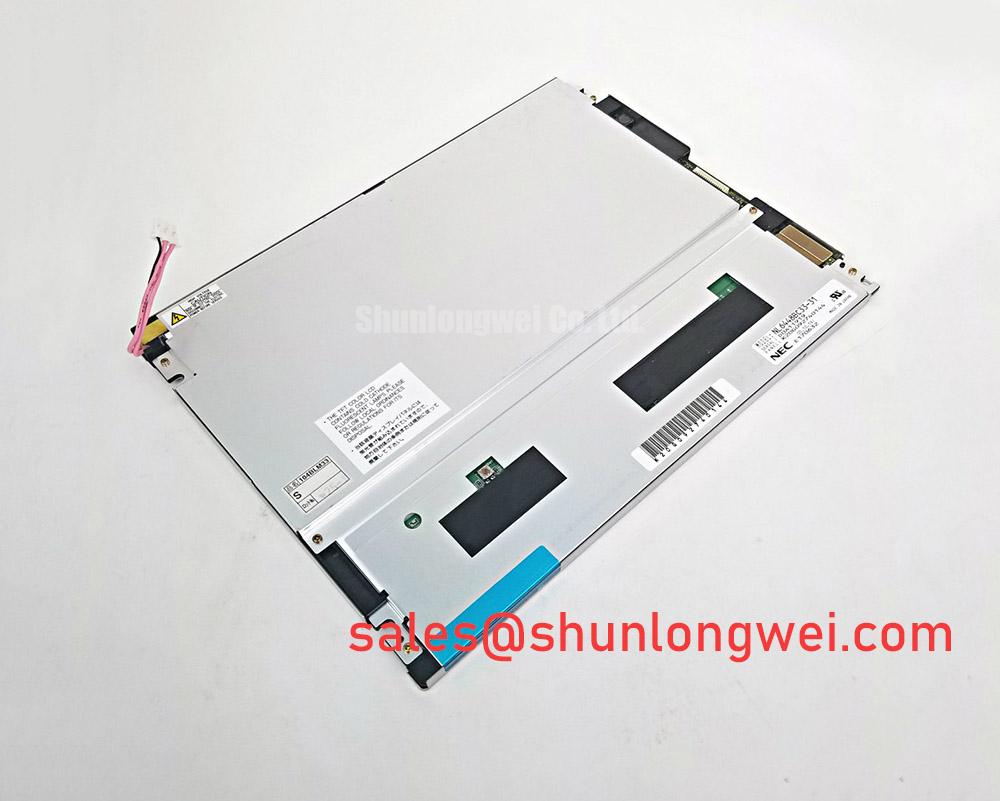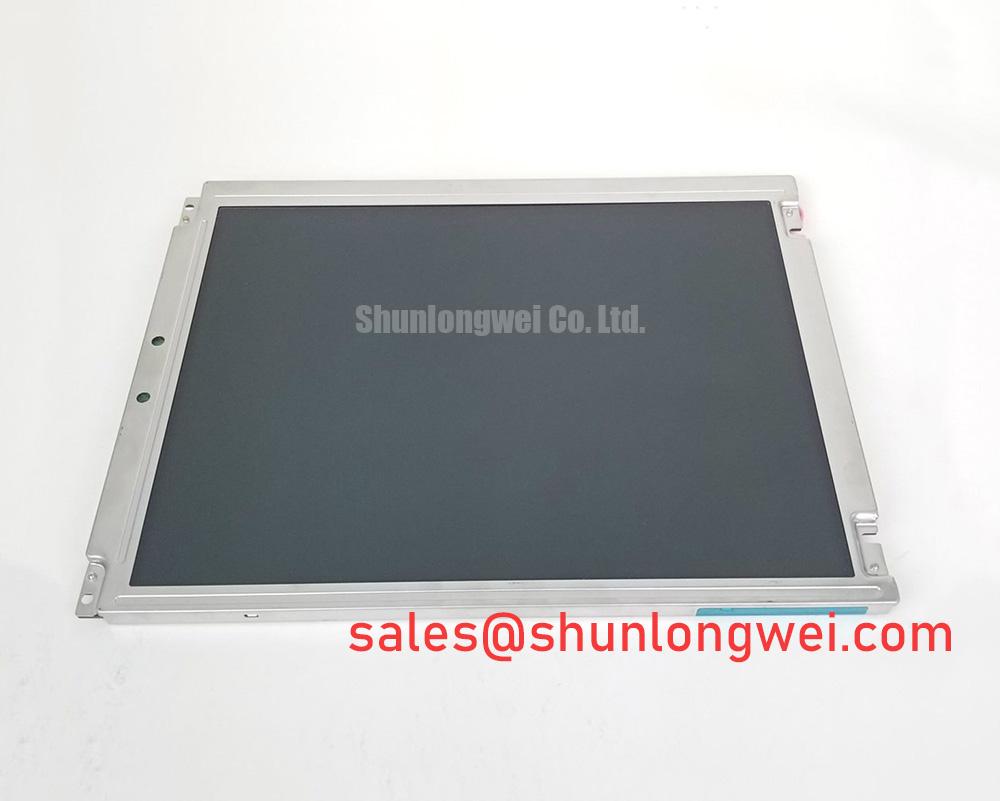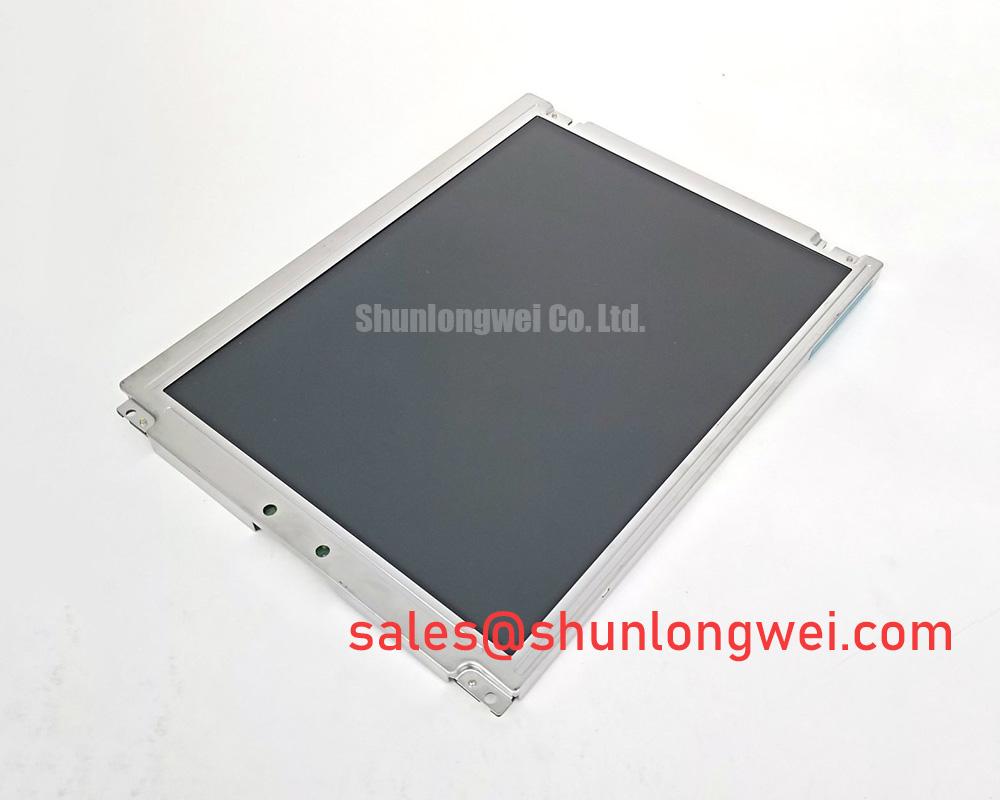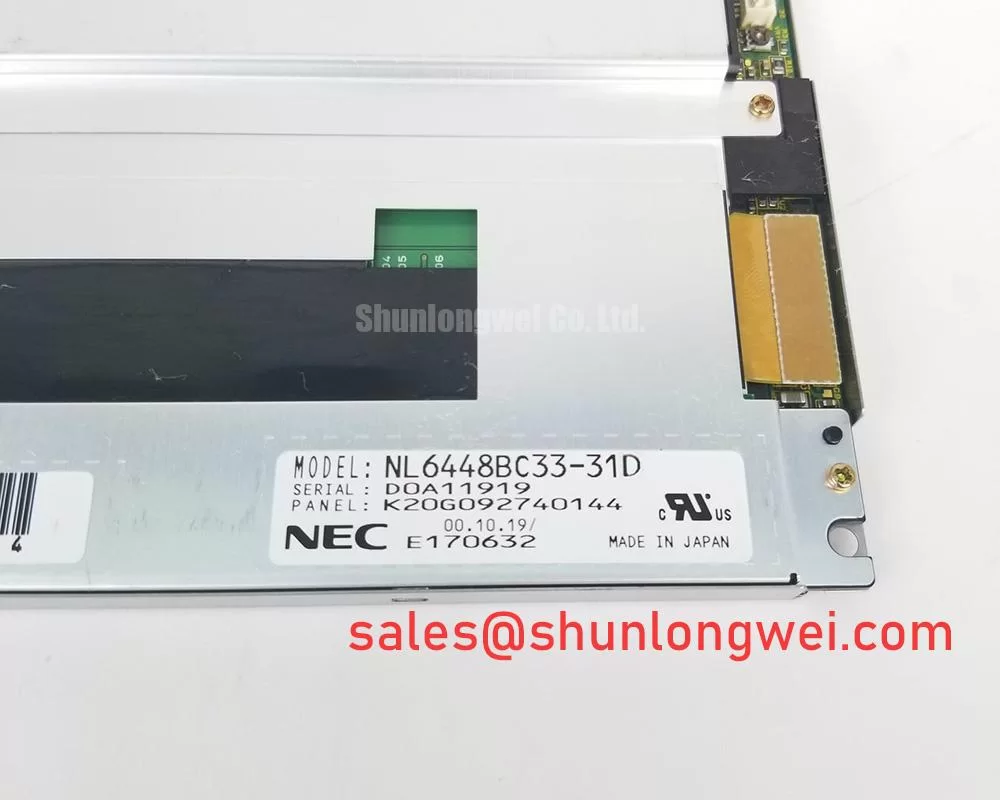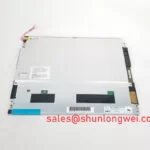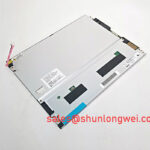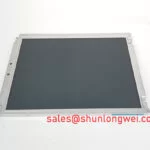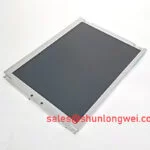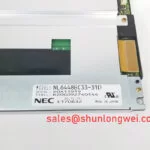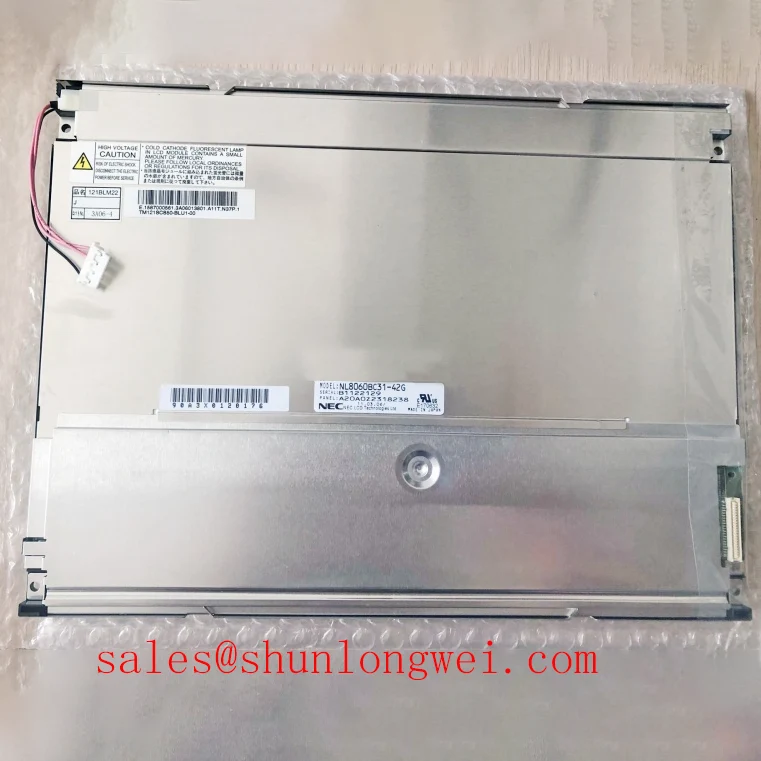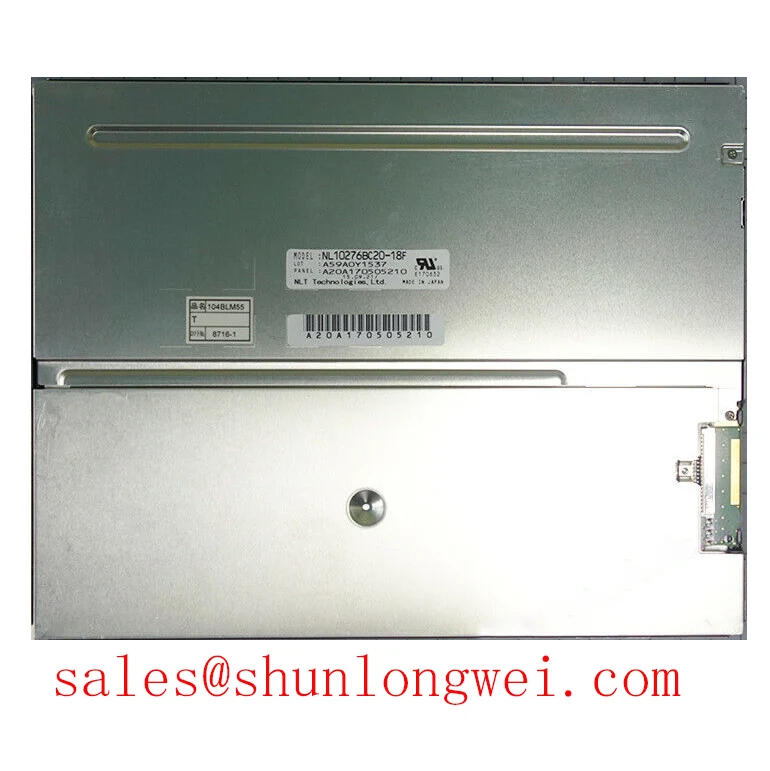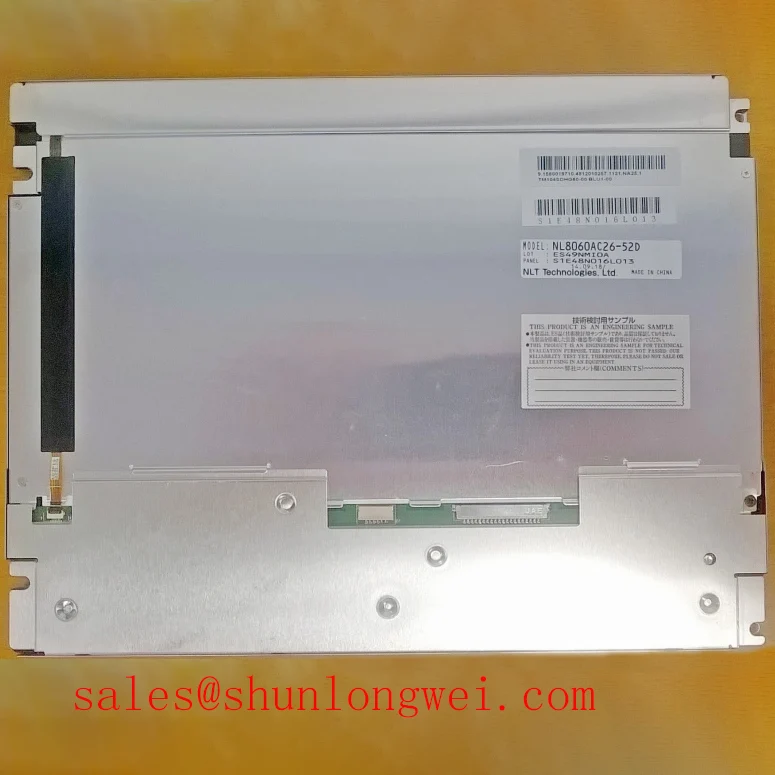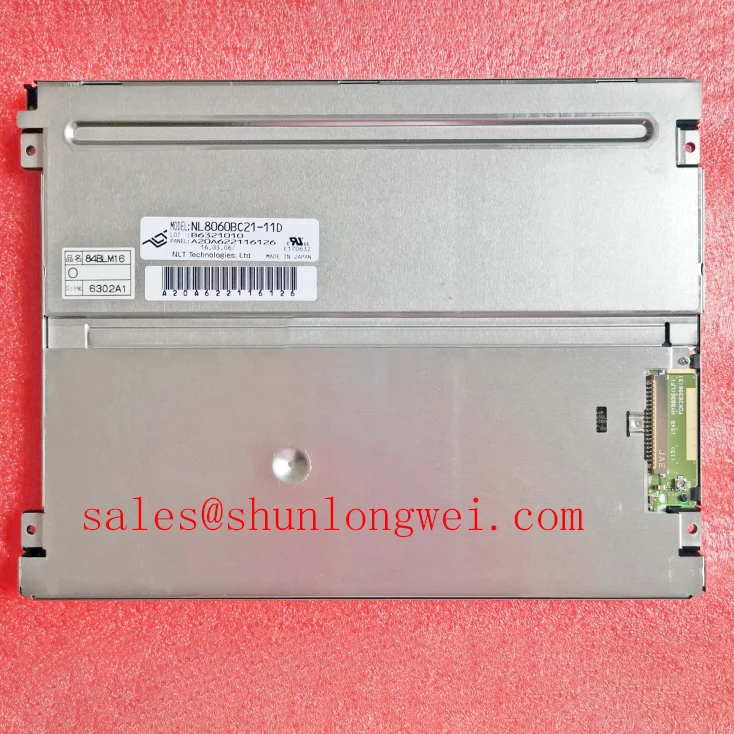Content last revised on October 3, 2025
NL6448BC33-31D: A Deep Dive into the 10.4-inch Industrial VGA TFT-LCD
Engineered for Durability and Longevity in Demanding Applications
The NL6448BC33-31D is a 10.4-inch amorphous silicon TFT-LCD module engineered for exceptional operational reliability in demanding industrial and medical environments. It delivers a robust feature set centered on stability and long-term performance, making it a cornerstone for legacy system support and new designs requiring proven technology. With its 640x480 VGA resolution, wide operating temperature range, and a long-life, field-serviceable backlight, this display provides a dependable visual interface for critical equipment. This module directly addresses the need for industrial-grade displays that can withstand significant thermal stress without compromising performance. For applications requiring a compact and reliable VGA interface, the NL6448BC33-31D offers a trusted and field-proven solution.
Key Parameter Overview
Decoding the Specs for Enhanced Environmental Reliability
The technical specifications of the NL6448BC33-31D underscore its suitability for industrial applications where environmental resilience is paramount. The parameters are optimized for clear readability and sustained operation over an extended lifecycle. Below is a summary of the key performance indicators derived from the official datasheet.
| Parameter | Specification | Engineering Value |
|---|---|---|
| Screen Size | 10.4 inches (26 cm) | Standard form factor for a wide range of industrial HMIs and control panels. |
| Resolution | 640(H) x 480(V) pixels (VGA) | Provides crisp and clear rendering of standard graphical user interfaces. |
| Interface | LVDS (Low Voltage Differential Signaling), 6-bit | Offers high noise immunity and low EMI, crucial for complex industrial settings. |
| Luminance | 250 cd/m² (typ.) | Ensures sufficient brightness for typical indoor industrial and medical environments. |
| Contrast Ratio | 300:1 (typ.) | Delivers good image depth and legibility for text and graphical elements. |
| Operating Temperature | -10°C to +70°C | Guarantees reliable operation in unconditioned environments, from cold-starts to high-heat factory floors. |
| Storage Temperature | -20°C to +80°C | Allows for safe transport and storage in a wide range of climatic conditions. |
| Backlight System | 1 CCFL, 50,000 hours (typ.), Replaceable | Maximizes system uptime and extends the product's operational life, reducing total cost of ownership. |
Download the NL6448BC33-31D datasheet for detailed specifications and performance curves.
Application Scenarios & Value
System-Level Benefits in Industrial Control and Legacy Systems
Best Fit: For industrial HMIs and process control systems operating in thermally challenging environments, this display is an optimal choice due to its -10°C to +70°C operational range. The true engineering value of the NL6448BC33-31D is realized in applications where long-term reliability is not negotiable. Consider an HMI for a CNC machine or a process control system on a factory floor. These environments often lack climate control, with ambient temperatures fluctuating significantly. The display's ability to perform flawlessly from a cold start at -10°C to sustained operation at +70°C prevents system failures and ensures constant operator visibility.
Furthermore, its standard LVDS Interface and VGA resolution make it an ideal drop-in component for both new designs and crucial life-cycle extensions of existing equipment. Rather than forcing a costly redesign of a stable system, this module allows engineers to maintain proven hardware architecture while ensuring the availability of a key interface component. For systems requiring a different form factor but similar industrial-grade reliability, the 12.1-inch NL8060BC31-28E offers an alternative display solution.
Technical Deep Dive
Implications of a Replaceable CCFL Backlight on System Longevity
While modern displays often utilize LED backlights, the CCFL technology in the NL6448BC33-31D offers a distinct strategic advantage, particularly for long-lifecycle industrial equipment. What is the primary benefit of its replaceable backlight? It decouples the display's lifespan from the lifespan of its light source. The CCFL is rated for a typical lifetime of 50,000 hours, which equates to nearly 5.7 years of continuous 24/7 operation. However, the critical feature is its modularity. When the backlight eventually reaches its end-of-life, the entire TFT-LCD module does not need to be replaced. A technician can replace the backlight unit in the field, effectively resetting the clock on the display's brightness degradation and extending the service life of the entire host machine. This is analogous to changing the tires on a vehicle instead of replacing the entire car; it's a targeted, cost-effective maintenance action that maximizes the return on the initial hardware investment. This serviceability is a cornerstone of a low Total Cost of Ownership (TCO) strategy for capital equipment.
Frequently Asked Questions (FAQ)
What is the primary advantage of the -10°C to +70°C operating temperature range?
This wide range ensures the NL6448BC33-31D can be deployed in environments without dedicated heating or cooling. It guarantees reliable image performance in settings like outdoor kiosks, unheated warehouses, and factory floors where equipment may be exposed to both freezing temperatures and significant heat generated by machinery.
How does the 300:1 contrast ratio impact usability in an industrial setting?
The contrast ratio defines the difference between the brightest white and the darkest black. A 300:1 ratio provides clear differentiation, making text, numbers, and status indicators on a graphical user interface easily legible. This is crucial for reducing operator error and ensuring at-a-glance readability in typical indoor lighting conditions.
Is the CCFL backlight on the NL6448BC33-31D field-replaceable?
Yes, one of the key design features of this module is its replaceable backlight unit. This allows for in-field servicing to extend the operational life of the display, which is a significant advantage for maintaining legacy systems and reducing long-term maintenance costs.
What type of systems are best suited for the LVDS interface?
The LVDS interface is ideal for systems that require reliable video data transmission over short to medium distances within an enclosure, especially in environments with high electromagnetic interference (EMI). Its low-voltage, differential signaling is inherently noise-resistant, making it a standard for industrial controllers, medical devices, and other mission-critical embedded systems.
Strategic Value Proposition
The NL6448BC33-31D represents a strategic choice for engineers and procurement managers focused on lifecycle management and operational stability. Its design philosophy prioritizes durability over cutting-edge specifications, providing a reliable foundation for equipment intended to operate for a decade or more. By integrating this display, designers invest in a platform that mitigates risks associated with environmental stress and long-term component availability, ensuring consistent performance for critical industrial TFT-LCD applications.


